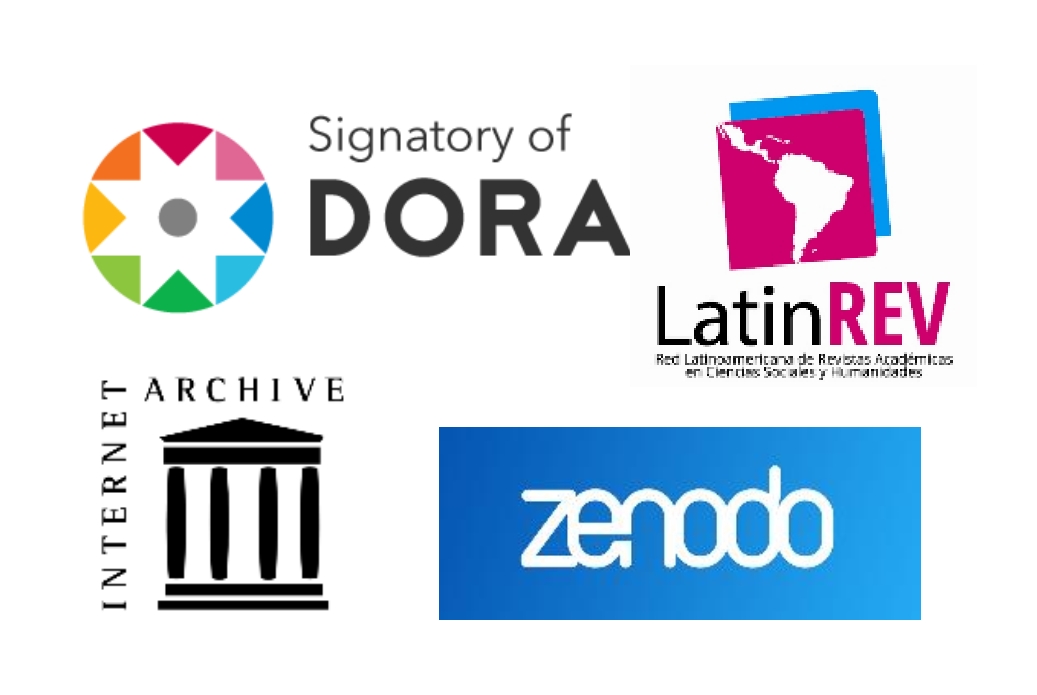Design automation of a greenhouse red tomato seedlings
Keywords:
Automation, Tem´perature, Humidity, Lighting, VentilationAbstract
This publication sought to propose automation for greenhouse seedling production of red tomato, I led this it has very obvious advantages in industrial processes; improving cost, service and quality. Also, produce less quality problems by working more uniformly performed because the specifications to automation. All this has its reason for being in constant need of man to improve processes, reduce time and cost, has made significant advances in technology, as seen in automation and control systems. Thus, through the application of new technologies developed in recent times, it is possible to have a solution that enables the automation of control systems, which allow processing information quickly and storable manner. Thus, under the methodological framework of an investigation of projective type - descriptive, with a documentary design - transactional, where he direct unstructured observation to collect information on the state of the variable studied, to finally design the automation of the process used, and know the feasibility of a solution thereof, performing several simulations through Mathwork simulation software, MatLab 7.5. Having developed the process automation and control of a seedling nursery red tomato, proceeded to perform the simulations using the toolbox control systems and fuzzy logic in Simulink, thereby performing the validation of the proposed model, given and the operational functionality of the automated system; providing an operational feasibility of application of the resulting solution and the problem encountered.
Downloads
References
Archivo general: Manual de CIED de laboratorio de Cromatografía (1991). Pequiven, El tablazo.
Briceño, J. (1998). Transmisión de datos. Consejo de Publicaciones de la ULA. Primera Edición. Mérida. Venezuela.
Chávez, N. (2008). Introducción a la Investigación Educativa. Maracaibo. Ediluz. Primera Edición.
Creus, A. (1997). Instrumentación Industrial. 6° edición, Alfaomega marcombo. México.
Corripio, S. (1991). Control Automático de Procesos. 1º edición. México.
David M., H. (1997). Principios básicos y Cálculos en Ingeniería Química. Sexta edición. Pearson, Prentice hall. México.
Felder, R. y Rousseau, R. (1991). Principios Elementales de los procesos químicos. Addison Wesley.
ISA/IEC (1996). Techniques for assigning a Target Safety Integrity Level.
Ledezma, O. (2000). Evaluación – Económica de Proyectos de Automatización. Universidad Corporativa CIED. Venezuela.
Manual de CIED de Instrumentación Industrial (1993). Pequiven, El Tablazo.
Méndez, C. (2010). Metodología, Diseño y Desarrollo del Proceso de Investigación. Colombia. Mc Graw Hill.
Ogata, K. (1998). Ingeniería de control moderna. 3° edición. Prentice Hall. México.
Ojeda Pérez. A. (1998). Instrumentación de Procesos. Pequiven- MVC II.
Pallás A., R. (1998) Transductores y Acondicionadores de señales. Editorial ULA.
Pequiven (2001). Manual de Craqueo y Purificación de EDC. EL TABLAZO.
Shinskey (1998) Sistemas de Control de Proceso. 1º edición. Editorial Mc Grawhill.
Sánchez L., G. D. (2001). Diagnóstico del cultivo del tomate bajo invernadero en Cundinamarca y Boyacá. Documento de trabajo.
Sánchez L., G. D. (2002). “Producción de tomate bajo cubierta”. En: Taller de hortalizas, productividad. Mercadeo. Corpoica, Tibaitatá, (Mosquera). Octubre 23 – 24 de 2002.
Stanghellini, C. Balance hídrico en invernaderos: su efecto sobre el microclima y las necesidades hídricas del cultivo; Curso Superior de Especialización: Tecnología de Invernaderos II; Editado por la Dirección General de Investigación y Formación Agroalimentaria de la Junta de Andalucía, FIAPA y Caja Rural de Almería; 1998; pp. 45-61.
Bot, G.P.A.; Van De Braak, N.J. (1994). Physics of greenhouse climate. Greenhouse climate control: an integrated approach; Wageningen Pers; Holanda.
Published
How to Cite
Issue
Section
License
Copyright (c) 2014 Jairo Daza Castro , Gerzhel Gómez Julio , José Maestre Rivera

This work is licensed under a Creative Commons Attribution-NonCommercial-NoDerivatives 4.0 International License.





